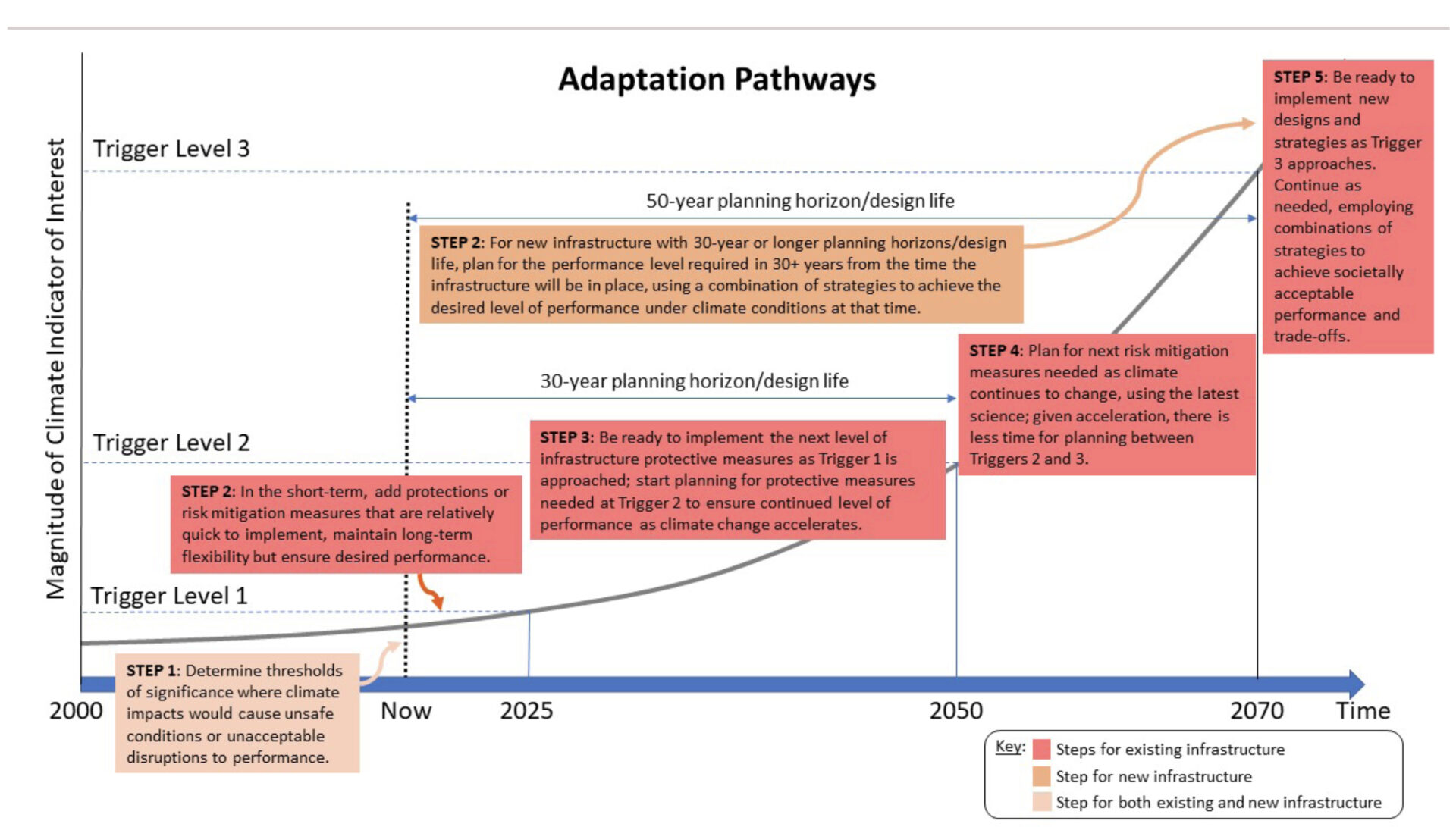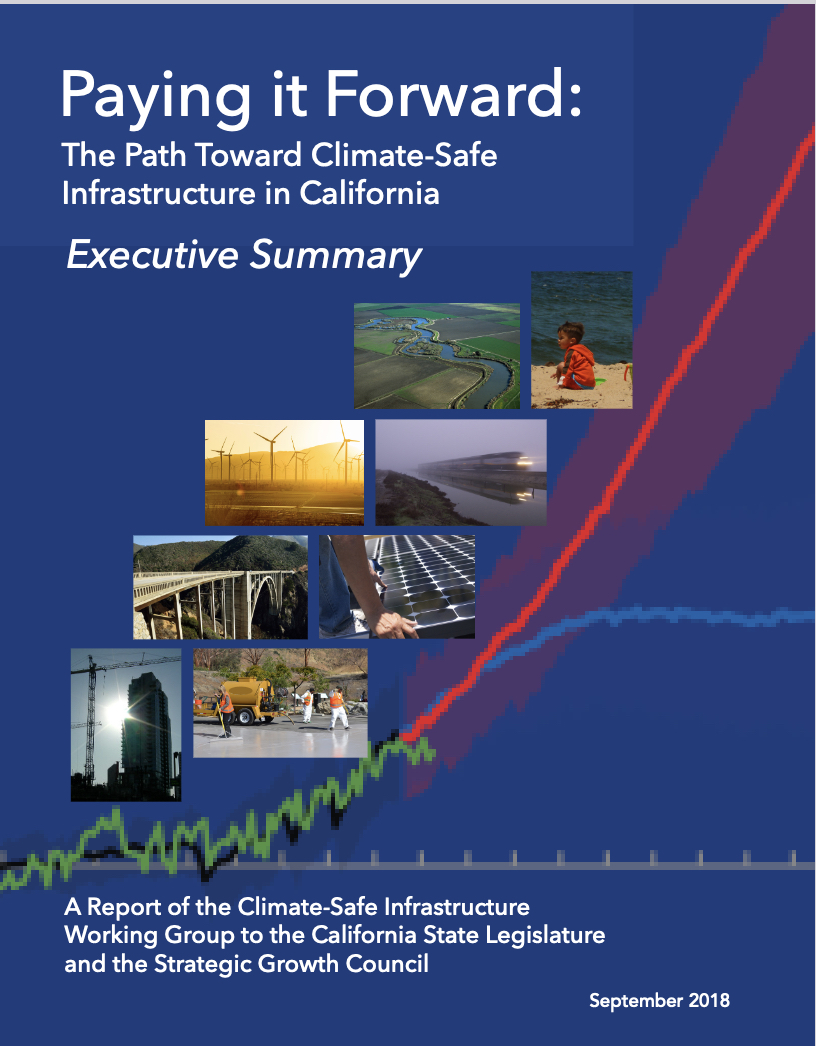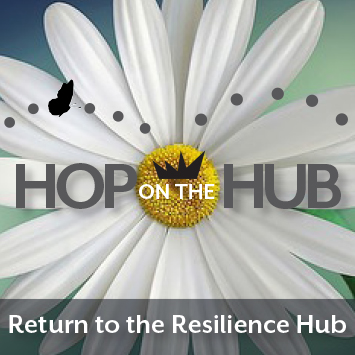PAYING IT FORWARD
Path to Climate Safe Infrastructure for California
This report takes an in-depth look at what needs to happen for the state to invest in climate-safe infrastructure. The report argues that California faces a pivotal moment at which the state’s political leaders– at all levels – need to commit to making a sustained, “climate-safe”investment in the very foundation of its economy and its communities’ safety and well-being as if California’s future depended on it. It does. The science challenge is significant, but not intractable, and there is a clear need for profound shifts in values, thinking, priority setting and policy commitments.
Assembly Bill 2800 mandated that a panel of scientists, registered engineers and architects be convened to help the State of California understand how it can best incorporate forward-looking climate information into the state’s infrastructure design, planning and implementation. This Climate-Safe Infrastructure Working Group’s major findings and recommendations are summarized in their 2018 report to the Legislature and the Strategic Growth Council. One interesting finding: the state has more than $60 billion set aside for infrastructure in the coming decades.
Vision: Climate safety is not a world free from change and disruption, but a world in which California has committed to seeking the greatest possible safety for all of its residents through the best available knowledge, the best technology and engineering design, a strong workforce, equitably distributed resources and sustained political will.
Tactics: Five different, but complementary strategies can be combined to obtain desired risk aversion levels and ensure infrastructure functionality over the changing conditions that can be expected over its lifetime:
- Robustness – building to the protective level needed to ensure acceptable functionality and reliability over the design life of the infrastructure;
- Resilience – developing and practicing plans for the possibility of a situation when an extreme event exceeds the protective level and infrastructure fails, so as to improve and speed up the response and adaptive recovery;
- Adaptability – developing plans and integrating features into the design now that would allow structures to be adapted to a higher level of protection over time;
- Redundancy – developing plans now and implementing them over time to help infrastructure maintain functionality when it or parts of it fail; and
- Avoidance (new infrastructure) or Retreat/Decommissioning and Removal (existing infrastructure) – avoiding or removing infrastructure in high-risk areas when the physical defense of infrastructure is no longer viable and the functionality of the infrastructure can no longer be assured.
Recommendations: Among many other resources, the 2018 report includes 10 recommendations for how best to: bolster the state’s data and analytics, develop a prioritized project pipeline, enhance governance structures, create needed financing tools, and foster implementation. The recommendations aim to incentivize and inspire legislators, public agency leaders, engineers, architects, scientists, consultants and contractors, planners, and residents to commit to creating a climate-safe future for California.

A flexible adaptation pathway begins with an agreement among relevant stakeholders as to the desired performance/service level of infrastructure. As climate change continues, thresholds will be crossed where the performance of the existing infrastructure as it is currently built no longer fulfills societal expectations and new adaptation measures must be implemented, taking into account the best available climate science, societal trends, desired performance levels and the resources society is willing to make available for adaptive infrastructure investment. (Source: Adapted from Moser 2016, used with permission)







